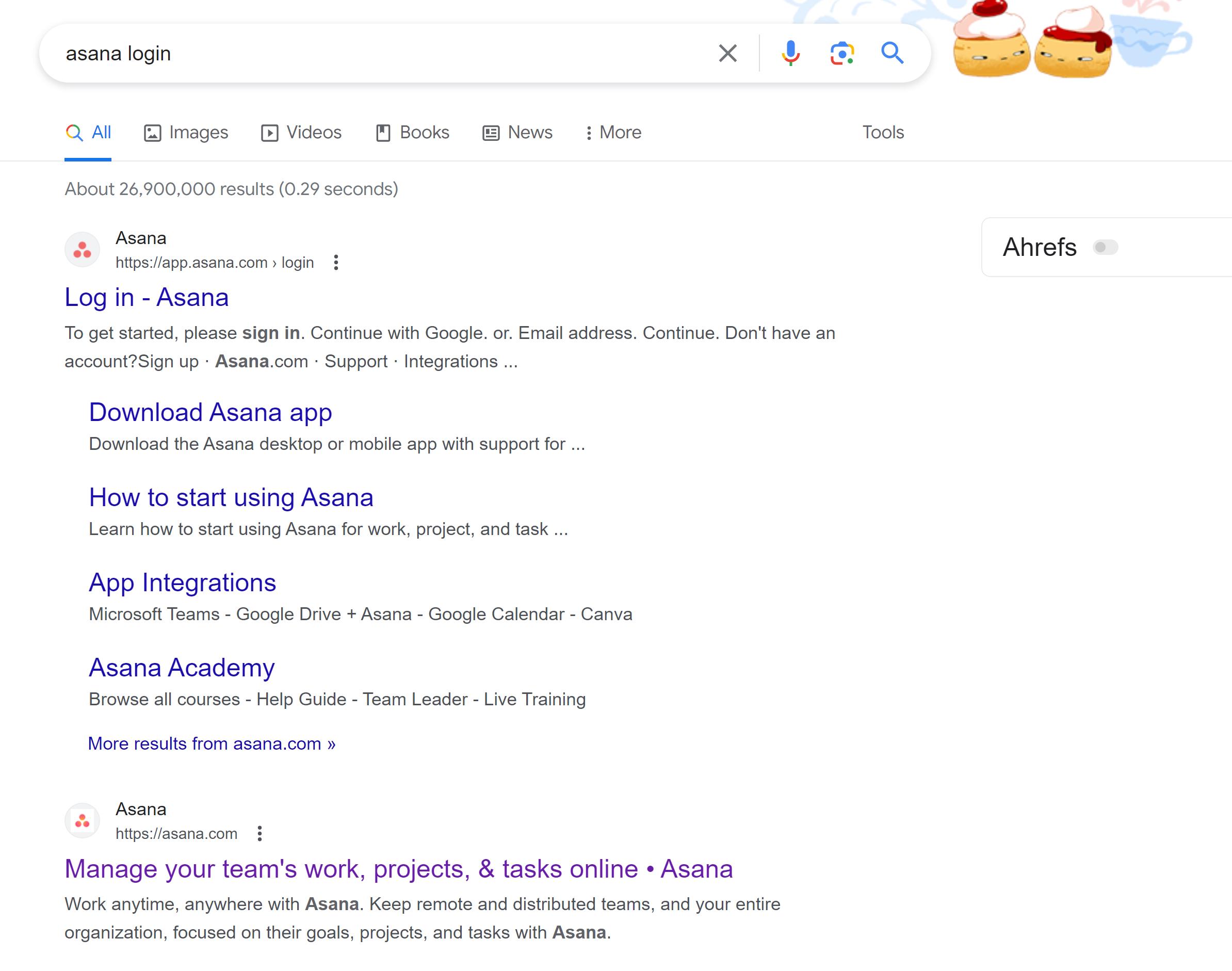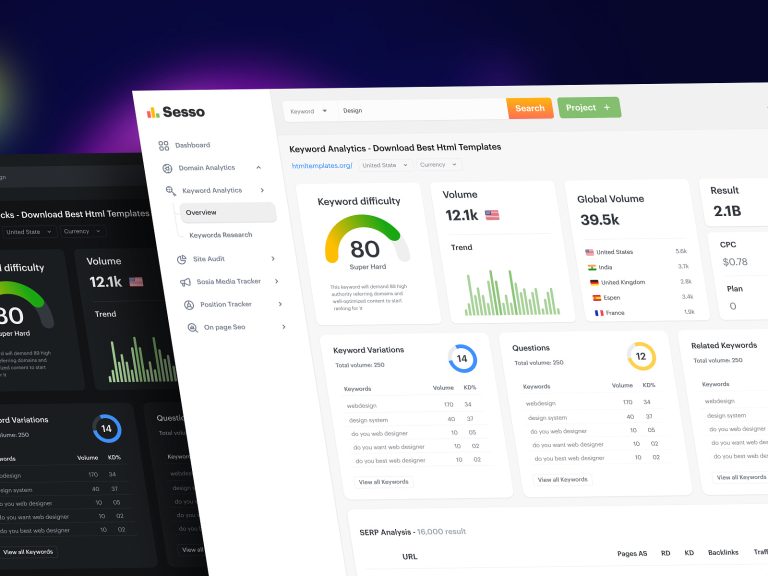
In the world of digital marketing, understanding keyword intent is crucial to creating content that resonates with your audience and drives meaningful traffic to your website. Whether you’re working on organic traffic, Pay-Per-Click (PPC) campaigns, or both, aligning your content with user search intent is a foundational task that can significantly impact your return on investment (ROI). This article will guide you through the concept of keyword intent, its importance in SEO, and how to effectively identify and optimize for it.
What is Keyword Intent?
Keyword intent refers to the reason behind a user’s search query. It represents the purpose or goal of the searcher when they enter a specific keyword into a search engine. Understanding this intent allows you to create content that directly addresses what the user is looking for, increasing the chances of your content being relevant and useful to them.
There are four main types of keyword intent:
- Informational Intent: Users seek information or answers to their questions.
- Navigational Intent: Users want to find a specific website or page.
- Commercial Intent: Users are interested in purchasing a product or service but need more information.
- Transactional Intent: Users are ready to make a purchase.
Each type of intent requires a different approach to content creation and optimization.
Why Keyword Intent Matters
Understanding keyword intent is essential for several reasons:
- Improved User Experience: By matching your content with the user’s intent, you provide a better experience, leading to higher engagement and lower bounce rates.
- Higher Rankings: Search engines like Google prioritize content that meets the user’s needs. Aligning your content with the correct intent increases your chances of ranking higher in the search engine results pages (SERPs).
- Increased Conversions: Targeting the right keywords with the appropriate intent can lead to higher conversion rates, as users are more likely to take action when they find exactly what they’re looking for.
How to Identify Keyword Intent
Identifying keyword intent involves analyzing the search results for a given keyword. Here’s a step-by-step guide to help you determine the intent behind a keyword:
- Analyze the Search Results: Start by searching for your target keyword on Google. Look at the top 10 results and note the type of content they provide. Are they informational guides, product reviews, or transactional pages?
-
Examine Title Tags and Meta Descriptions: The title tags and meta descriptions of top-ranking pages often give clues about the content’s purpose. For example, titles starting with “How to” or “What is” typically indicate informational intent.
-
Look for Patterns: Identify common themes among the top results. If most of the content is a listicle or a how-to guide, it suggests an informational intent. If the results include product comparisons or reviews, it may indicate commercial intent.
-
Use Keyword Research Tools: Tools like Semrush, Ahrefs, and Google Keyword Planner can help you identify the intent behind keywords. These tools often include filters for different types of search intent, allowing you to refine your keyword research.
-
Consider the User’s Journey: Think about where the user is in their buying journey. Informational intent usually corresponds to the awareness stage, while transactional intent is associated with the decision stage.
Types of Search Intent
1. Informational Intent
Informational intent is when users are seeking information or answers to their questions. These queries are typically broad and can include phrases like “how to,” “what is,” or “guide.” Examples include:
- “How to do laundry”
- “What is SEO?”
- “Best practices for email marketing”
Content targeting informational intent should be informative, well-researched, and structured to answer the user’s questions comprehensively. This type of content helps establish your brand as an authority in your niche and can drive long-term traffic.
2. Navigational Intent

Navigational intent occurs when users are looking for a specific website or page. These queries often include brand names or URLs. Examples include:
- “Wikipedia”
- “Facebook login”
- “Ahrefs blog”
To optimize for navigational intent, ensure that your brand name and key pages are easily accessible and optimized for search. This includes using schema markup, building backlinks, and maintaining a strong online presence.
3. Commercial Intent

Commercial intent is when users are interested in making a purchase but need more information. These queries often include terms like “compare,” “review,” or “best.” Examples include:
- “Best email marketing tools”
- “Compare iPhone vs Samsung”
- “Top-rated laptops”
Content targeting commercial intent should provide detailed comparisons, reviews, and insights to help users make informed decisions. This type of content is crucial for building trust and guiding users through the consideration phase of the buyer’s journey.
4. Transactional Intent
Transactional intent is when users are ready to make a purchase. These queries often include words like “buy,” “purchase,” or “discount.” Examples include:
- “Buy SONY WH-1000XM5 Amazon”
- “Discounted smartphones”
- “Free trial of email marketing software”
Content targeting transactional intent should focus on driving conversions. This includes clear calls-to-action (CTAs), pricing information, and easy navigation to product pages. Optimizing for transactional intent can significantly boost your sales and ROI.
Adapting Your Content for Specific Intent
Once you understand the search intent behind your target keywords, you can adapt your content to meet the user’s needs. Here are some strategies to consider:
- Match the Content Format: Use the same format as the top-ranking pages. For example, if most of the top results are listicles, consider using a similar structure for your content.
- Use Relevant Keywords: Incorporate keywords that signal the user’s intent. For informational intent, use phrases like “how to” or “what is.” For transactional intent, use terms like “buy” or “discount.”
- Optimize for Featured Snippets: Featured snippets are a prime spot for visibility in the SERPs. Optimize your content to answer questions directly and concisely to increase your chances of appearing in featured snippets.
Monitoring Changes in SERPs
The search engine results pages (SERPs) are constantly evolving, so it’s essential to monitor changes and adapt your content strategy accordingly. Here are some tips for tracking and adapting to these changes:
- Use Tools Like Google Search Console: Monitor your website’s performance and track changes in rankings, clicks, and impressions.
- Regularly Audit Your Content: Conduct content audits every 3-6 months to ensure your content remains relevant and aligned with current search trends.
- Stay Updated on Algorithm Changes: Keep an eye on updates from Google and other search engines to adjust your strategies accordingly.
Key Takeaways
Understanding keyword intent is crucial for effective SEO and content marketing. By identifying and optimizing for the correct search intent, you can improve user experience, increase rankings, and drive more conversions. Here are the key points to remember:
- Identify the four types of search intent: Informational, navigational, commercial, and transactional.
- Analyze search results to determine the intent behind your target keywords.
- Adapt your content to match the user’s intent and improve engagement.
- Monitor changes in SERPs and update your content strategy regularly.
By focusing on keyword intent, you can create content that not only ranks well but also provides real value to your audience. This approach ensures that your content meets the needs of your users, leading to higher engagement, better rankings, and increased conversions.







